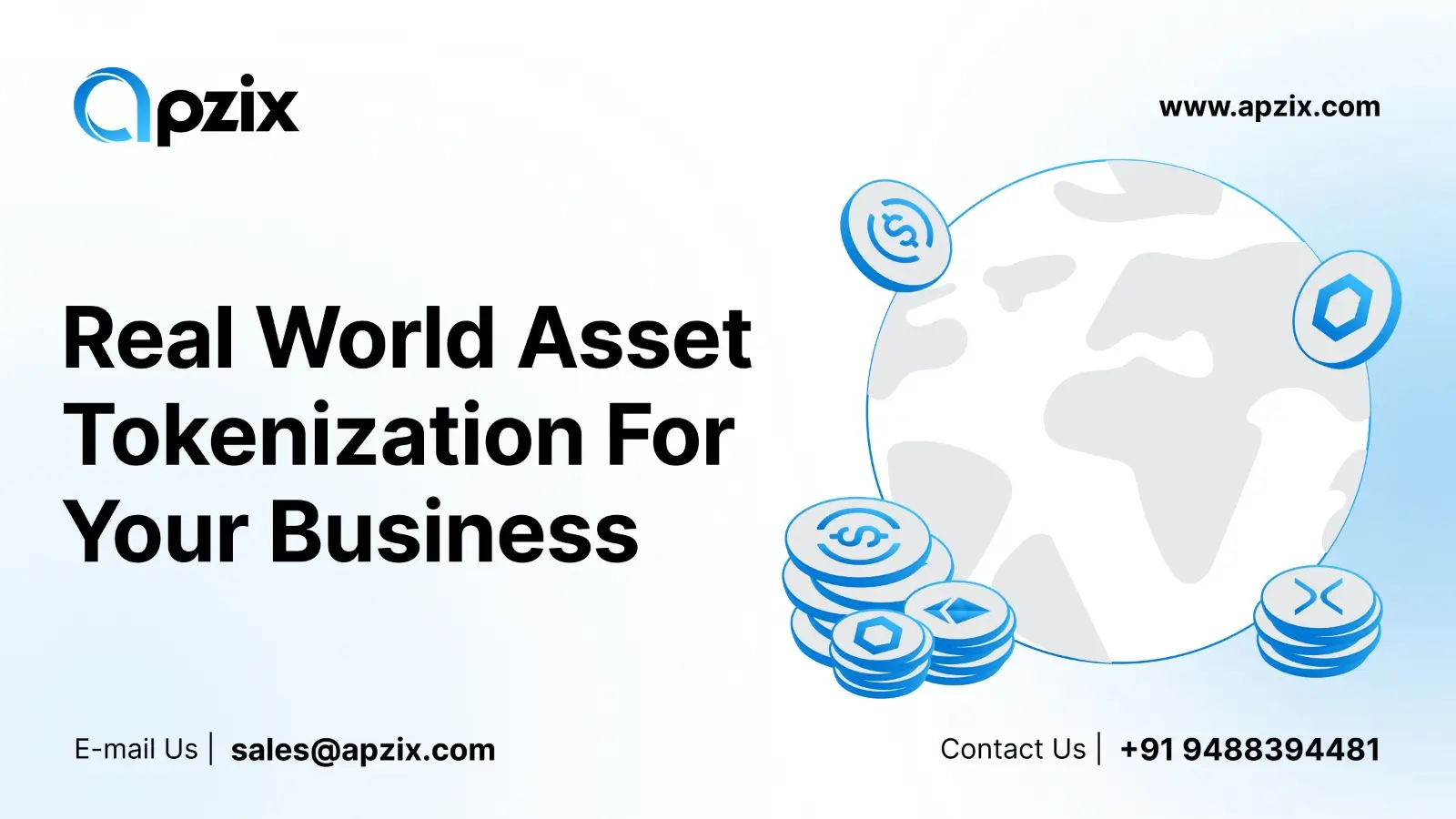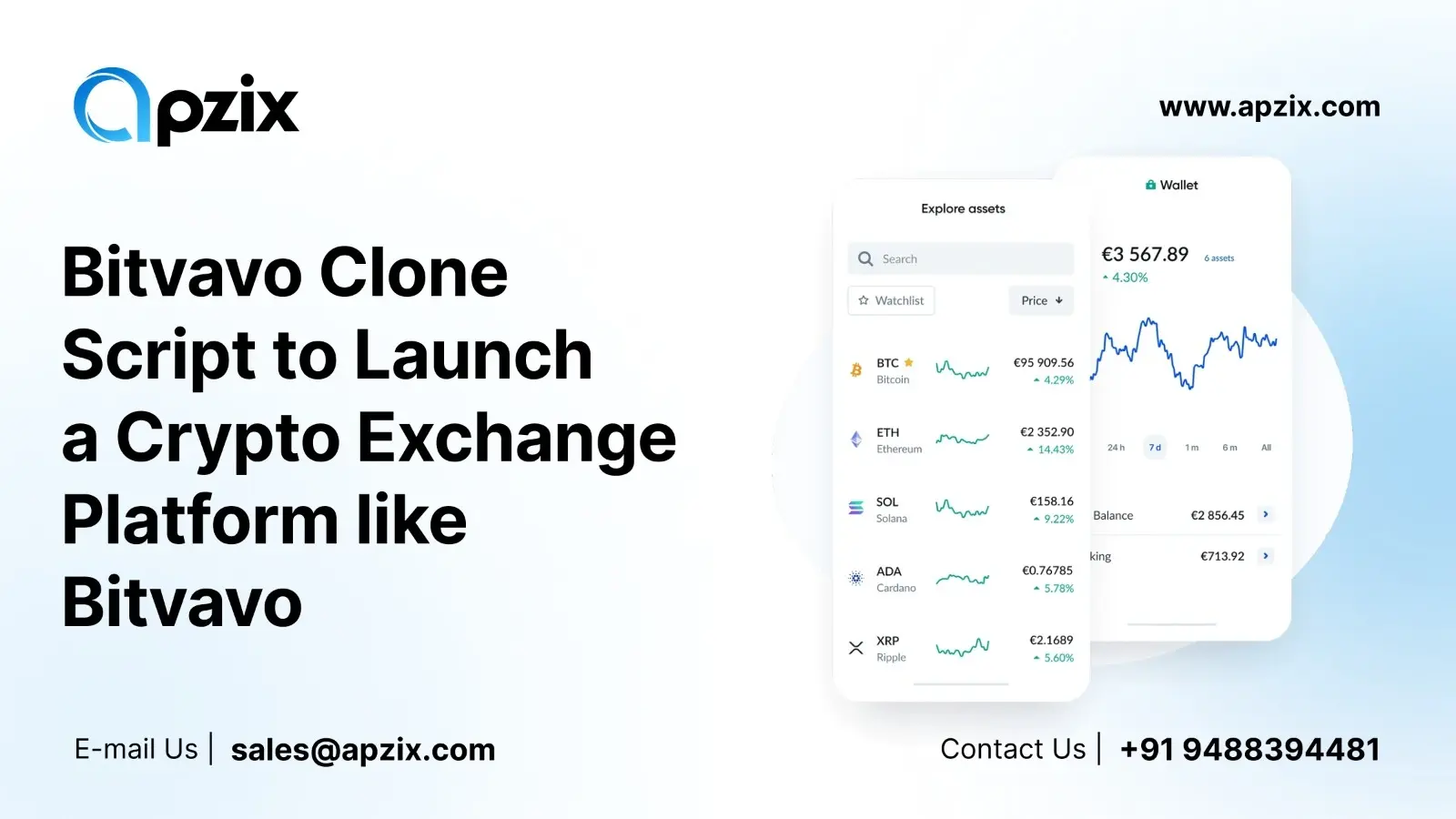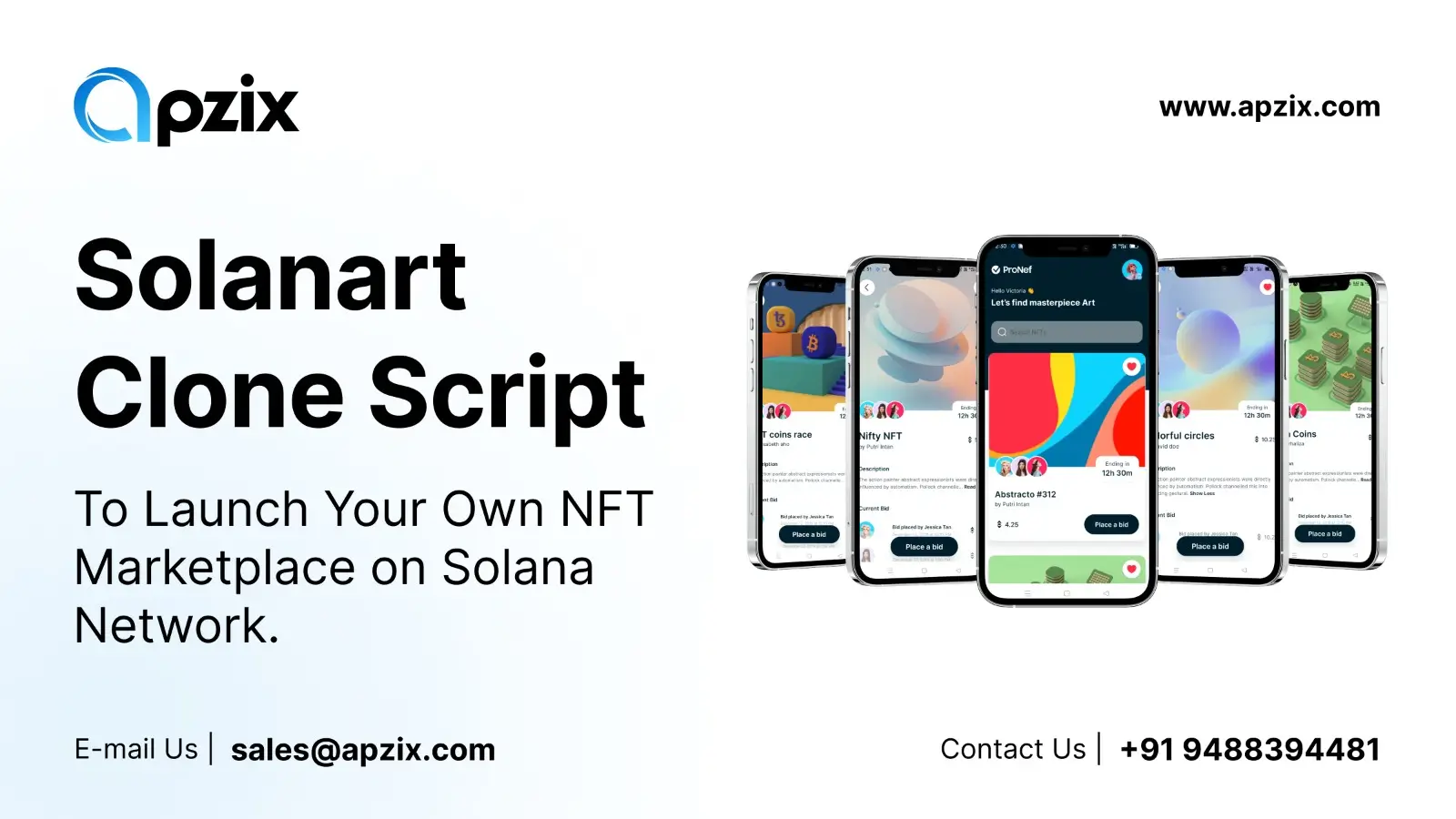
Imagine owning just a small share of a luxury apartment in Dubai, a famous painting, or even a gold bar without buying the whole thing.
Sounds interesting? That’s exactly what tokenization makes possible.
Tokenization is changing the way people buy, sell, and manage valuable things. It allows you to turn real-world assets like property, art, or even company shares into digital tokens on a blockchain.
These tokens can then be sold, traded, or shared online, just like digital currency, but they still represent something real and tangible.
Let’s take this step-by-step and understand how it works, why it matters, and how you can start tokenizing your own assets even if you’ve never dealt with blockchain before.
What Exactly Is Tokenization?
Let’s say you own a house worth $200,000. Normally, if you need funds, you’d have to sell the whole property. But with tokenization, you can divide that property into 2,000 digital tokens, each worth $100.
Each token represents a small ownership portion of your house. So instead of selling your property completely, you can sell part of it through these tokens.
That means:
You keep ownership control.
Investors from anywhere in the world can buy small shares.
Transactions are transparent and secure because everything is stored on blockchain technology.
In short tokenization makes big assets more affordable, flexible, and easy to trade.
How Tokenization Works Step-by-Step?
Even if you’re completely new to the concept, you can understand the tokenization process easily by following these steps:
Step 1: Choose Your Asset
First, decide what you want to tokenize. It could be
Real estate (an apartment, villa, or commercial space)
Artwork or collectibles
Precious metals like gold or silver
Intellectual property (music, films, patents)
Company shares
Any item that has value and clear ownership can be tokenized.
Step 2: Get Your Asset Valued
Before creating tokens, you need to know the real value of your asset.
For example, if you’re tokenizing a property, you’d get a certified real estate valuation.
If it’s art, you can get an appraisal from a professional expert.
This valuation helps decide the total worth and how many tokens you’ll create.
Step 3: Legal Structure and Compliance
This is one of the most important parts.
Different countries have different laws about digital tokens. Before you begin, you’ll need to:
Consult with legal advisors or a tokenization service company
Register your asset ownership legally
Prepare contracts that describe what token holders get — for example, do they earn rent from property or a share of profits from your business?
Setting a clear legal structure keeps investors safe and helps your tokenized project gain trust.
Step 4: Create the Digital Tokens
Now comes the technical part.
Developers use blockchain technology (like Ethereum or Polygon) to create tokens that represent your asset.
For example:
1 token = 0.05% ownership of your property
100 tokens = 5% ownership
These tokens are stored securely on blockchain, and each transaction is recorded permanently — so ownership can’t be faked or altered.
You can work with asset tokenization service providers who handle all this technical setup for you.
Step 5: Build Smart Contracts
Smart contracts are automated digital agreements.
They define what happens when someone buys or sells your tokens such as automatically transferring ownership or paying profits.
These contracts make the system work smoothly without middlemen like brokers or banks.
Step 6: Launch or Sell Tokens
Once everything is ready, you can offer tokens to investors. This can be done in several ways:
Private sale to selected investors
Public token offering for general buyers
Investors buy tokens directly, which gives them partial ownership of your asset.
You receive funds, and they get digital proof of ownership stored on the blockchain.
Step 7: Enable Secondary Market Trading
After the initial sale, tokens can be listed on digital exchanges or secondary marketplaces.
This allows investors to buy and sell tokens anytime, increasing liquidity and making your asset more valuable.
Why Businesses Are Tokenizing Their Assets? — a detailed look
Businesses are treating tokenization as a new way to raise money, manage ownership, and open up revenue streams. Here’s exactly why and how it can help a company, with real-world style examples and the thinking behind each benefit.
1. New funding channels without traditional lending
Instead of bank loans or private equity that dilute control or require heavy collateral, businesses sell small ownership pieces to many investors.
A developer can sell tokens tied to a project to finance construction while keeping majority control. A manufacturer can sell tokens backed by a machine’s expected cash flows to fund new production lines.
This is about tapping a broader investor base local or global without sacrificing the entire company.
2. Better asset management and balance-sheet flexibility
Fractional ownership: Companies can split an illiquid asset (an office tower, a fleet of trucks, a patent portfolio) into many parts so each part can be priced and traded.
Balance-sheet effect: Token sales can act like asset-backed financing you monetize value that was otherwise stuck.
3. Faster, clearer transactions and fewer middlemen
Smart contracts can automate rent collection, dividend disbursements, or royalty splits.
Less manual reconciliation, lower operational cost, faster payouts to stakeholders.
4. Access to global investors and niche communities
A family-owned hotel can now reach small investors in five different countries, not just local banks or high-net-worth individuals.
Token holders often form communities who actively promote and support the project — helpful for hospitality, creative works, and consumer brands.
5. New product lines and secondary revenue
Examples: Tokenize loyalty programs, subscription revenues, or future receivables to create tradable financial products.
A SaaS firm could tokenize a portion of future recurring revenue to raise cash without losing equity.
6. Improved transparency and investor trust
Every token transaction can be visible on-chain (depending on design), which helps auditability and investor confidence.
Real estate firms that publish on-chain rent rolls and maintenance records make investor due diligence much easier.
7. More precise investor segmentation and incentives
Create classes of tokens (voting vs non-voting, income-only vs growth-only) to match investor preferences.
You can attract both passive income-seeking investors and strategic partners without mixing terms.
The Real Benefits of Tokenization
Let’s break down the main reasons people love tokenization:
1. Better Liquidity
Traditional assets like real estate or art are hard to sell quickly. Tokenization allows you to sell small portions, so you can convert part of your asset into cash whenever needed.
2. Global Reach
Anyone with an internet connection can invest in your tokens — no matter which country they’re in.
3. Transparency
Every transaction is recorded on blockchain, making it easy to track ownership and prevent fraud.
4. Lower Costs
Tokenization removes middlemen like brokers, lawyers, and banks in most transactions, saving both time and money.
5. Inclusive Investing
It gives ordinary people a chance to own a share of high-value assets like luxury real estate or fine art, which was previously impossible for small investors.
Examples of Tokenized Assets in Action
Here’s how tokenization is changing real-world industries:
Real Estate: A $10 million property divided into 10,000 tokens allows global investors to own a share.
Art: A $1 million painting sold as 1,000 tokens lets multiple collectors co-own a piece.
Commodities: Gold bars can be tokenized, allowing investors to buy digital fractions instead of physical metal.
Music Royalties: Artists can sell tokens representing future earnings from songs.
Collectibles: Rare sports memorabilia or trading cards can be verified and sold as tokens.
Real Asset Tokenization for Business
This section covers the non-technical aspects business owners need to think about: strategy, governance, investor relations, and long-term operations.
1. Strategy and purpose — be clear from day one
Ask yourself:
Are we tokenizing to raise money, to create client/community engagement, or to enable employee incentives?
How does tokenization fit into our broader business plan and brand promise?
2. Ownership and control — plan for governance
Decide how much control you’re willing to give token holders.
Use token classes: e.g., economic tokens (income) + governance tokens (voting). Keep core decisions with founders if needed.
3. Investor relations — think like a public company
Regular updates: quarterly financials, maintenance logs, and performance metrics.
Build a simple portal where token holders can see reports, vote, or withdraw distributions.
Treat token holders as stakeholders good communication maintains liquidity and secondary demand.
4. Fee models and revenue splits
Be transparent about ongoing fees (platform, custody, management).
Offer a clear revenue distribution path e.g., rental income paid monthly to token holders after expenses.
5. Risk allocation — who bears what
Define who handles damage, insurance claims, repossession, or forced sale.
Put dispute resolution clauses in the token holder agreement (arbitration venue, governing law).
6. Exit strategies and liquidity plans
Provide options: buybacks, scheduled auctions, or redemption mechanisms.
Plan for what happens if the underlying asset is sold — how are proceeds distributed?
7. Operations and maintenance
Continue maintaining the real asset (repairs, insurance, tenant management).
Transparency is critical; poor operations kill investor confidence faster than legal issues.
8. Tax and reporting obligations
Understand tax treatment of token proceeds and investor income.
Automate tax reporting where possible for token holders and the issuer.
9. Branding & community building
Use token holders as advocates: give them early access, events, or rewards tied to the asset’s success.
For consumer-facing assets (hotels, stadiums, creative works), community members can become brand ambassadors.
How to Start Tokenizing Your Own Assets?
Below is a practical, step-by-step guide you can follow, with decision points, resource suggestions, and small templates you can reuse.
1. Decide if tokenization is right for your asset
Is my asset legally owned and free of disputes?
Do I want to sell a portion of the asset, raise funds, or create tradable revenue rights?
Is there a potential investor base interested in small fractional ownership?
If yes, continue.
2. Preparation and planning
- Asset inventory and title checks
- Confirm ownership, liens, liabilities, and encumbrances.
- Collect paperwork (deeds, insurance, maintenance records, IP registrations).
- Business objective and token model
- Decide the goal capital raise, liquidity for owners, access to new markets, community-building.
- Choose token type:
- Security token — represents ownership, dividends, or profit share (subject to securities law).
- Utility token — grants access to a service (less common for real assets).
- Hybrid — income token + limited utility features.
- Financial modeling
- Create cash flow forecasts tied to the asset (rent, royalties, commodity yields).
- Decide token supply and pricing logic.
- Build investor return scenarios (best, base, worst case).
- Legal structure
- Choose whether to create an SPV that holds the asset and issues tokens (common practice).
- Draft offering documents, token holder agreements, and SPV operating agreements.
- Decide governance rights (voting, transfer restrictions, buyback clauses).
- Compliance checklist
- Jurisdictions to target and those to exclude.
- KYC/AML provider selection.
- AML policies, investor accreditation checks (if required).
3. Technical setup
- Blockchain selection
- Consider transaction costs and ecosystem (Ethereum, Polygon, BSC, Flow, Tezos, etc.).
- Think about token standards and interoperability.
- Smart contract development
- Define token contract (minting, burning, transfer rules).
- Add capabilities for dividends/royalty routing if needed.
- Security and audit
- Contract audits by at least one reputable firm.
- Penetration testing for any web or API front-end.
- Create a bug bounty program if open-source.
- Custody & wallets
- Choose custodial vs non-custodial model.
- For high-value assets, prefer institutional custody or cold storage for reserve tokens.
Token economics and issuance
- Total tokens
- Token price at issuance
- Rights per token (dividend, voting, redemption)
- Lock-up periods
- Secondary market restrictions
- Pricing & tranche strategy
- Seed tranche for early investors at preferential pricing.
- Public tranche for wider audience.
- Reserve tokens for operations, partner incentives.
- Investor onboarding
- Build whitepaper, pitch deck, and FAQ.
- Integrate KYC, payment rails (fiat on-ramp), and investor portal.
Launch and lifecycle management
- Private placement, regulated STO, or open public sale depending on legal guidance.
- Post-issuance operations
- Regular reporting (financials, asset condition, audit reports).
- Distribute income automatically using smart contracts.
- Handle token transfers, splits, or consolidations.
- Secondary market
- Apply to list on compliant secondary platforms.
- Consider liquidity support (market makers, AMMs).
Conclusion: A Practical Way to Build the Future of Ownership
Tokenization isn’t just about technology it’s about making ownership simpler, fairer, and more open to everyone.
It helps regular people invest in valuable assets. It helps businesses raise funds faster. It creates a world where digital and physical ownership work together.
You don’t need to be a tech expert to start all you need is a valuable asset, proper legal advice, and the right partner to help you tokenize safely and confidently.
If you’re ready to explore this opportunity, ApziX, a trusted asset tokenization development company in Dubai, can help you build, launch, and manage your own real asset tokenization project step by step.
So, are you ready to real asset tokenization in Dubai and start your journey into the future of ownership?











